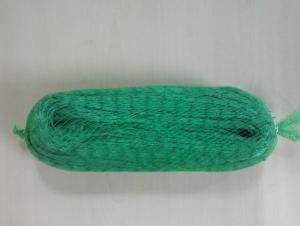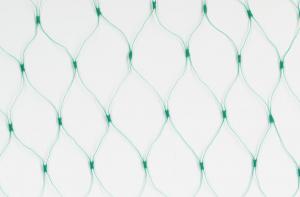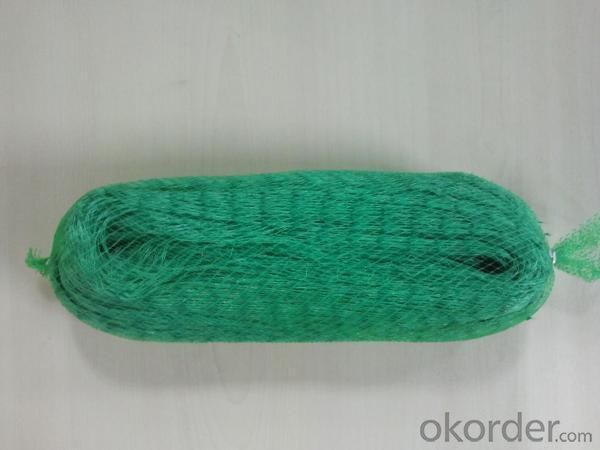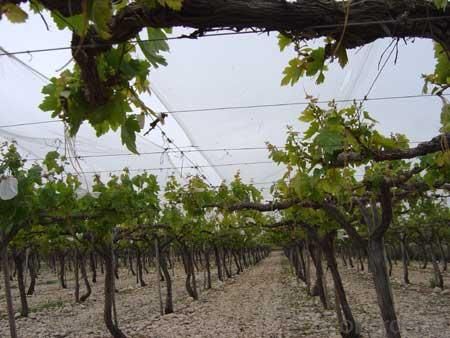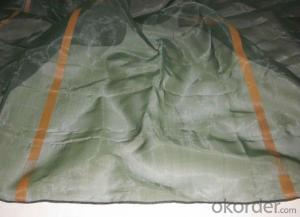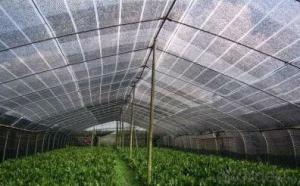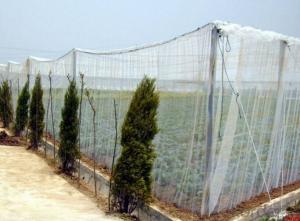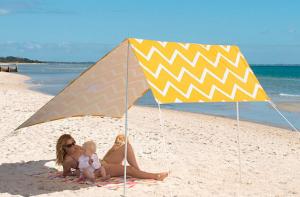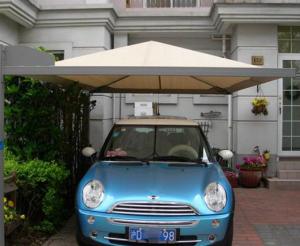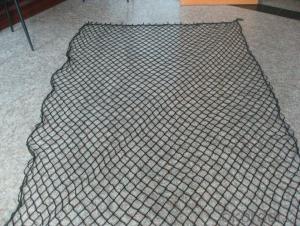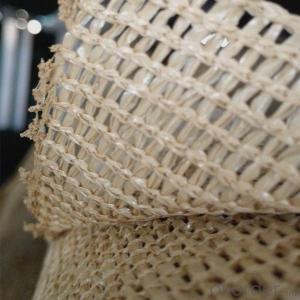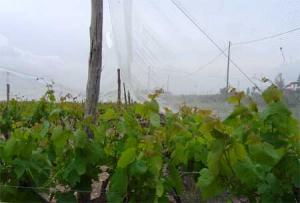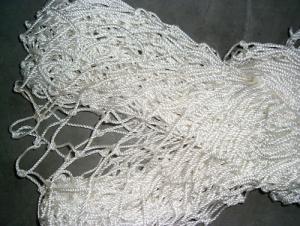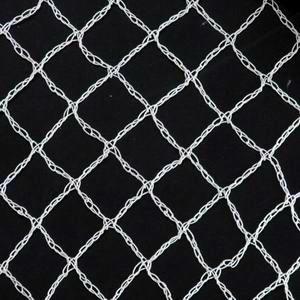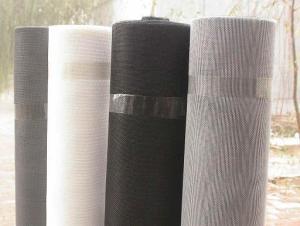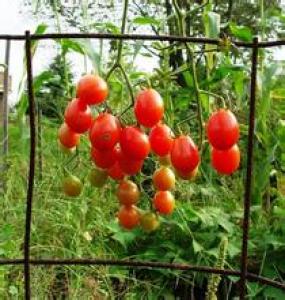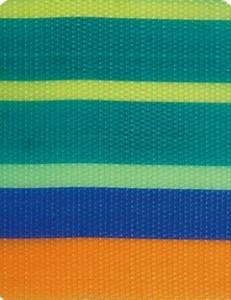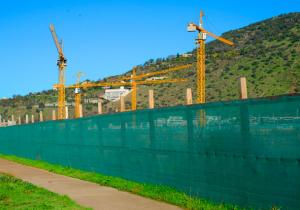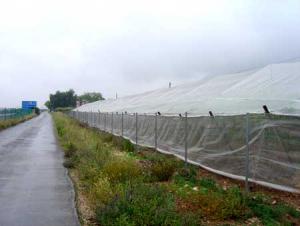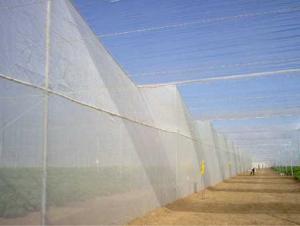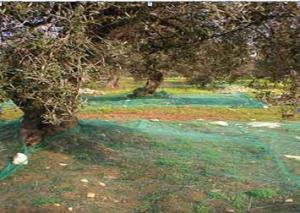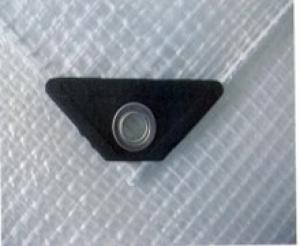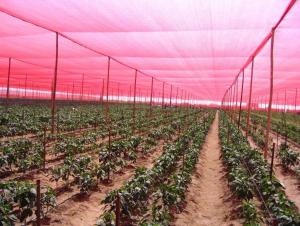Plastic Extruded Anti-Bird Net Cmax 001
- Loading Port:
- China Main Port
- Payment Terms:
- TT or L/C
- Min Order Qty:
- 2000kg m²
- Supply Capability:
- 500t/m m²/month
OKorder Service Pledge
OKorder Financial Service
You Might Also Like
Anti-Bird Net
It is extruded by High-density polyethylene (HDPE)
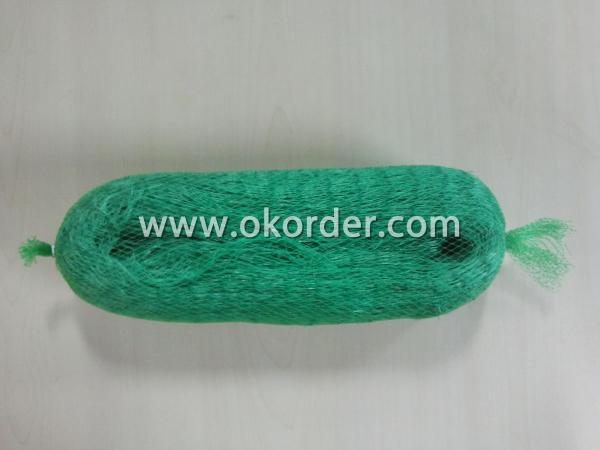
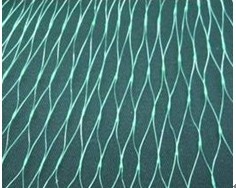
Specifications of Anti-bird Net:
Material base fabric
| Fabric Weight | Uv. Content | Temperature range |
HDPE | 8gsm and 35gsm Standard weight:8gsm, 35gsm
| 0.3% or 0.5% | -40 ~ +80℃ |
Mesh Size: 15X15cm,12x12cm
Weight: 8g/m2,35g/m2
Size: 2X4m/2X5m/2X10m/4X6m/4X12m/2x100m
Color: green/brown/white/red
Applications of Extruded Anti-bird Net :
It is widely used as protection net against bird and other animals.
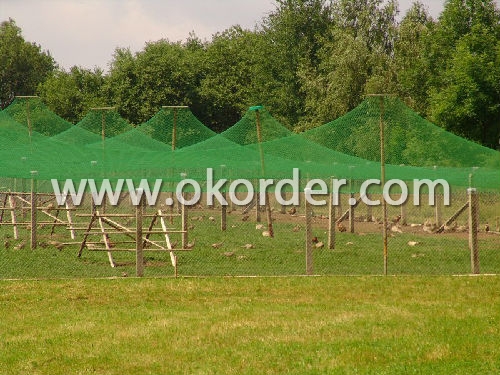
Packing of Extruded Anti-bird Net:
in roll into plastic woven bag with labels inside, then into carton.
- Q: How do plastic nets affect the carbon footprint?
- Plastic nets contribute to an increased carbon footprint due to the significant environmental impact associated with their production, disposal, and potential for marine pollution. The extraction and processing of fossil fuels required to produce plastic nets result in greenhouse gas emissions, contributing to climate change. Additionally, the disposal of plastic nets often involves incineration or landfilling, further releasing carbon dioxide. When plastic nets enter the oceans, they pose a threat to marine life, as they can entangle or be ingested by animals, disrupting ecosystems and contributing to the overall carbon footprint.
- Q: How do plastic nets perform in high-humidity environments?
- Plastic nets generally perform well in high-humidity environments as they are resistant to moisture absorption and do not easily become brittle or degrade. However, it is important to choose a plastic material that is specifically designed for such conditions to ensure optimal performance and durability.
- Q: Are plastic nets suitable for use in waste recycling facilities?
- Yes, plastic nets are suitable for use in waste recycling facilities. They are commonly used to contain and separate different types of waste materials, making sorting and processing more efficient. Plastic nets are durable, lightweight, and easy to handle, making them a practical choice for waste management operations.
- Q: Can plastic nets be used for cricket nets?
- Yes, plastic nets can be used for cricket nets. They are a popular choice due to their durability, cost-effectiveness, and ability to withstand outdoor conditions. Plastic nets also provide good visibility and allow air circulation, making them suitable for cricket practice and matches.
- Q: Do plastic nets come with anti-insect properties?
- No, plastic nets do not typically come with anti-insect properties.
- Q: Are plastic nets easy to clean?
- Yes, plastic nets are generally easy to clean. They can be easily rinsed or wiped down with water and soap, making it convenient to remove any dirt, debris, or stains that may accumulate on the net.
- Q: Can plastic nets be used for playground safety?
- Yes, plastic nets can be used for playground safety. They can be installed as barriers or enclosures to prevent children from accessing potentially hazardous areas or falling from elevated play structures. Plastic nets are durable, flexible, and resistant to weather conditions, making them a suitable choice for enhancing playground safety measures.
- Q: Can plastic nets be used for creating decorative items?
- Yes, plastic nets can be used for creating decorative items. They are versatile and can be easily shaped and manipulated into various designs, making them suitable for creating unique decorative pieces such as wall hangings, lamp shades, or even sculptures.
- Q: Do plastic nets have any insulation properties?
- No, plastic nets do not have any insulation properties.
- Q: How are plastic nets different from plastic netting materials?
- Plastic nets refer to the final products that are made by weaving or knitting plastic netting materials together. Plastic netting materials, on the other hand, are the raw materials used to create plastic nets, such as plastic fibers or threads. So, the main difference lies in their purpose, with plastic nets being the end product and plastic netting materials being the components used to make them.
1. Manufacturer Overview
| Location | Zhejiang, China |
| Year Established | 2002 |
| Annual Output Value | US$ 10 Million - US$ 50 Million |
| Main Markets | North America Safety Fence, BOP Netting 5.00%; South America Safety Fence, Insect Screen, BOP Netting 8.00% ; Eastern Europe Safety Fence, Insect Screen, Anti-bird Netting, BOP Netting 9.00% Southeast Asia Safety Fence, Insect Screen, Anti-bird Netting, BOP Netting 5.00 % Africa Safety Fence, Insect Screen 1.40% Oceania Safety Fence, BOP Netting, Gutter Guard 9.60% Western Europe Safety Fence, Insect Screen, Anti-bird Netting, BOP Netting, Gutter Guard 34.00% |
| Company Certifications | GBT19001-2000 -ISO9001:2000 |
2. Manufacturer Certificates
| a) Certification Name | |
| Range | |
| Reference | |
| Validity Period |
3. Manufacturer Capability
| a) Trade Capacity | |
| Nearest Port | Ningbo, China |
| Export Percentage | 91% - 100% |
| No.of Employees in Trade Department | 3 |
| Language Spoken: | English; Chinese |
| b) Factory Information | |
| Factory Size: | Above 100,000 square meters |
| No. of Production Lines | Above 10 |
| Contract Manufacturing | OEM Service Offered; Design Service Offered |
| Product Price Range | High; Average |
Send your message to us
Plastic Extruded Anti-Bird Net Cmax 001
- Loading Port:
- China Main Port
- Payment Terms:
- TT or L/C
- Min Order Qty:
- 2000kg m²
- Supply Capability:
- 500t/m m²/month
OKorder Service Pledge
OKorder Financial Service
Similar products
Hot products
Hot Searches
Related keywords
